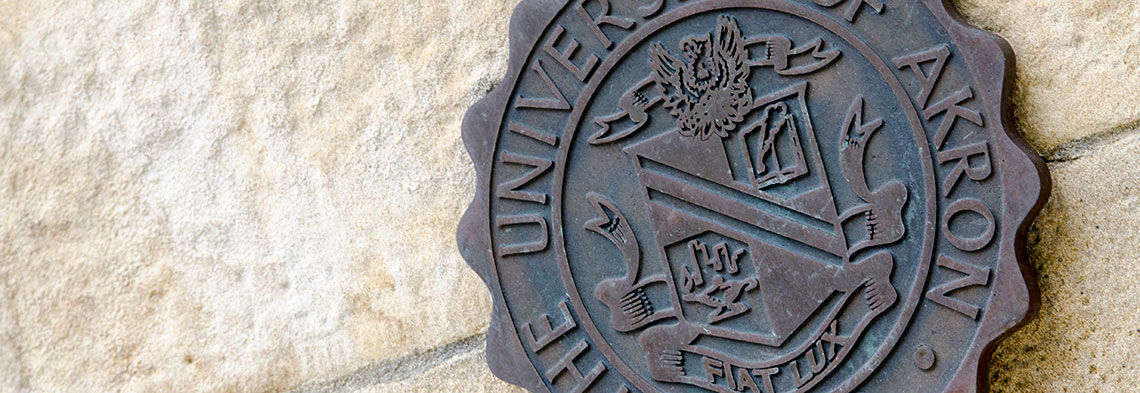Document Type
Article
Publication Date
January 2009
Abstract
The 39th Congress (1865-1867) was one of the important Congresses in our history. It passed more legislation than any other Congress up to that time.
This preliminary examination of the 39th Congress begins with a look it composition. One of the critical factors was that while the 38th Congress contained a majority of unionists, the 39th Congress contained a super-majority which meant not only that they could override a Presidential veto, but also that they did not need to take the Democratic opposition seriously. This article also identifies the leadership of the 39th Congress. The 38th Congress was composed of 60% of the members who were freshmen and the 39th Congress had 40%of the members who had never been in Congress before. The relatively inexperience of the Congress as a whole would suggest that the senior members – men such as the members of the Joint Committee on Reconstruction – would exercise an enhanced amount of influence.
This study also reports the initial results of a more detailed examination of its membership. A large majority – over 150 – of its members were lawyers. In an era in which only one per cent of the population had a college degree, a small sample of Congressman (those whose last name begins with the letter “D”) 47% were college graduates. Further, an examination of individual Congressmen suggests that many of the college graduates had taken law-related courses in college. Though the apprenticeship model was still the predominant way in which lawyers came to the bar, there were numerous members of the Congress who both studied under the preceptor system and graduated from a law school.
Three of the challenges the 39th Congress faced are examined. The first challenge was dealing with the immense of life and property because of the war. Second, though with the benefit of hindsight we know the Civil War was essentially over after the surrender of General Robert E. Lee’s Army in April 1865, it was not clear at the time that this was the case. Not only did fighting continue, but individuals and whole military units fled to Mexico. President Johnson did not declare the insurrection at an end in most of the insurrectionary states until April 2, 1866 . President Johnson did not declare the insurrection over it in Texas until August 20, 1866, after three states had already ratified the Fourteenth Amendment.
Third, Andrew Johnson’s commitment to white supremacy mean that he was not just actively opposing the Congress on policy matters, but actually undermining the enforcement of the law and taking actions that, at least indirectly, resulted in the loss of life in the South. Congress responded to these conditions with the extension of the Freedman’s Bureau Act, the adoption of the Civil Rights Act of 1866, and the proposal of the Fourteenth Amendment. Congress’s overall goal – like national goals at the end of World War I, World War II, and the second Gulf War – was to end the war and secure the peace so that there would be no similar war in the future. The last portion of the article draws parallels between other post-war actions and that during Reconstruction and makes connections between the steps taken by the 39th Congress and their overriding goal of securing future peace.
Publication Title
Akron Law Review
First Page
1021
Last Page
1049
Recommended Citation
Richard L. Aynes, 39th Congress (1865-1867) and the 14th Amendment: Some Preliminary Perspectives, 42 Akron Law Review 1021 (2009).


